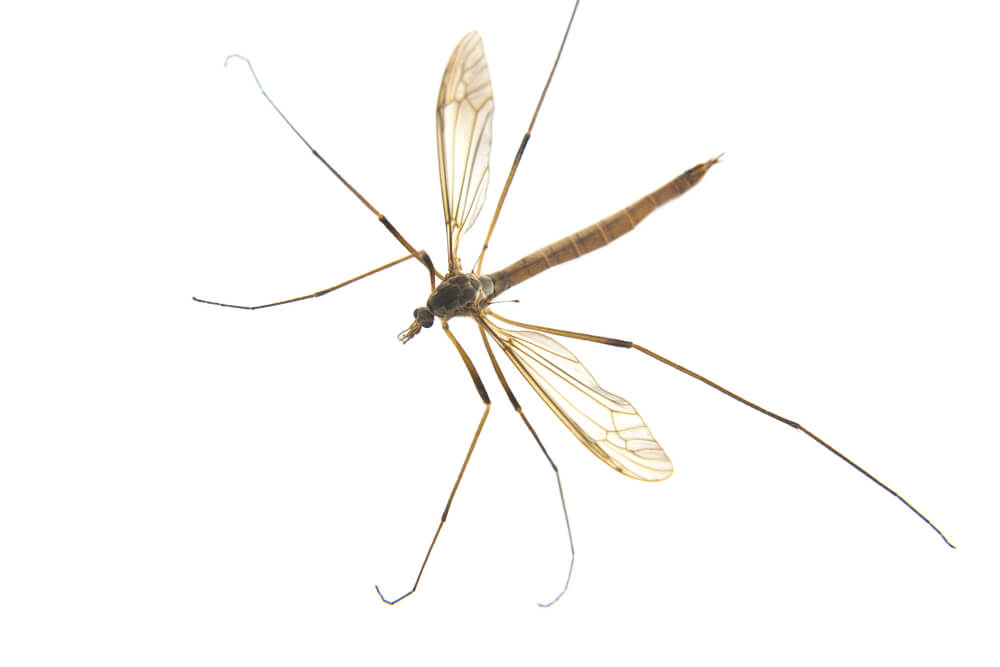As the warmer breezes of spring begin to sweep through Houston, a peculiar sight has become increasingly common in both homes and outdoor spaces. This phenomenon, characterized by the sudden appearance of large, mosquito-like insects, has sparked both curiosity and confusion among residents. Known as crane flies, these creatures are often mistaken for their blood-sucking counterparts. However, they play a much different role in our ecosystem. This article delves into the lifecycle, habits, and ecological significance of crane flies in Houston, offering a comprehensive understanding of these springtime visitors.
Understanding Crane Flies: Nature’s Misunderstood Insects
Crane flies, with their long legs and slender bodies, are a common sight in Houston, especially as we transition from winter to spring. Contrary to the common misconception, these insects are not giant mosquitoes nor do they pose a threat to humans or pets. Their presence is actually one of the first signs that spring is on the way, marking a period of renewal and growth.
Lifecycle and Habitat
The lifecycle of crane flies begins in moist soil or under decomposing leaves, where their eggs are laid in the wetter months of December and January. By February and March, adults emerge, signaling their mating season and the start of their brief presence above ground. This timing aligns with the onset of spring, explaining their sudden visibility during these months.
The Role of Weather in Their Proliferation
Recent weather patterns, especially the heavy rains in Houston, have contributed significantly to the surge in crane fly populations. These conditions create the perfect breeding ground for crane flies, allowing them to thrive and multiply rapidly. Their emergence is a natural part of the seasonal cycle, closely tied to the environmental conditions of their habitats.
The Ecological Significance of Crane Flies
Despite their fleeting presence, crane flies play an important role in the ecosystem. As larvae, they are known as “leatherjackets” and participate in the decomposition process, breaking down organic matter. This activity contributes to soil health and fertility, showcasing their beneficial impact beyond their nuisance factor.
Natural Pest Control and Pollination
Interestingly, while crane flies do not eat mosquitoes as adults, their larvae can help control other insect populations in the soil. Additionally, adult crane flies contribute to pollination, albeit on a small scale. Their presence also supports local wildlife, serving as a food source for birds, bats, and other predators. This interconnectedness highlights the importance of crane flies within the local ecosystem.
Managing Crane Flies: Tips for Homeowners
For those finding crane flies a nuisance, there are several non-invasive methods to manage their presence. Keeping lights off to avoid attracting them and ensuring doors are closed quickly can significantly reduce their numbers indoors. It’s also a reminder of the importance of patience; crane flies have a very short lifespan, and their numbers will naturally decrease as the season progresses.
Strategic Use of Lighting
Crane flies are attracted to light, which means that outdoor lighting can draw them closer to your home. To minimize this attraction:
- Reduce Outdoor Lighting: Consider using motion sensor lights or timer-equipped lighting systems outdoors to reduce the period during which lights are on, thus lessening their attractiveness to crane flies.
- Opt for Yellow Lights: Yellow bulbs or bug lights emit a spectrum of light that is less attractive to insects, including crane flies. Replacing standard outdoor bulbs with these can help reduce the number of insects drawn to your home.
Securing Entry Points
A proactive approach to preventing crane flies from entering your home involves securing potential entry points:
- Screen Windows and Doors: Ensure that all windows and doors are fitted with tight-fitting screens without tears or gaps. This simple measure can significantly deter crane flies and other insects from entering.
- Seal Gaps and Cracks: Inspect and seal any cracks or gaps around windows, doors, and foundations where insects might enter. Use weather stripping, caulk, or foam sealant to close these openings effectively.
Landscape Management
The environment around your home can influence crane fly populations:
- Maintain a Dry Landscape: Since crane flies thrive in moist environments, ensure that your yard does not have standing water or excessively moist areas. Proper drainage can discourage crane flies from laying eggs nearby.
- Regular Lawn Maintenance: Keep your lawn trimmed and remove excess vegetation or leaf litter. This reduces the habitat for crane flies and can decrease their presence in your yard.
Patience and Natural Reduction
Understanding the lifecycle of crane flies is crucial in managing expectations:
- Natural Life Cycle: Remember that crane flies have a very short adult lifespan, typically only a few days to a couple of weeks. Their numbers will naturally decrease as the season changes, without the need for aggressive control measures.
- Natural Predators: Encourage the presence of natural predators in your garden, such as birds and bats, by installing birdhouses or bat boxes. These predators can help control crane fly populations by feeding on them.
The annual appearance of crane flies in Houston is much more than an inconvenience; it’s a sign of the changing seasons and a functioning ecosystem. Understanding their role and lifecycle can transform our perception of these insects from pests to participants in our local environment. As spring unfolds, embracing the presence of crane flies can be a small step towards appreciating the complexity and resilience of nature that surrounds us.
Contact us at 832-371-6600 for a free consultation to share the challenges you’re facing (even if they’re just temporary pests!), and to learn how our personalized home care services can help you.
Home Matters Caregiving proudly serves the Houston Metro area providing care for seniors wherever they call home.












